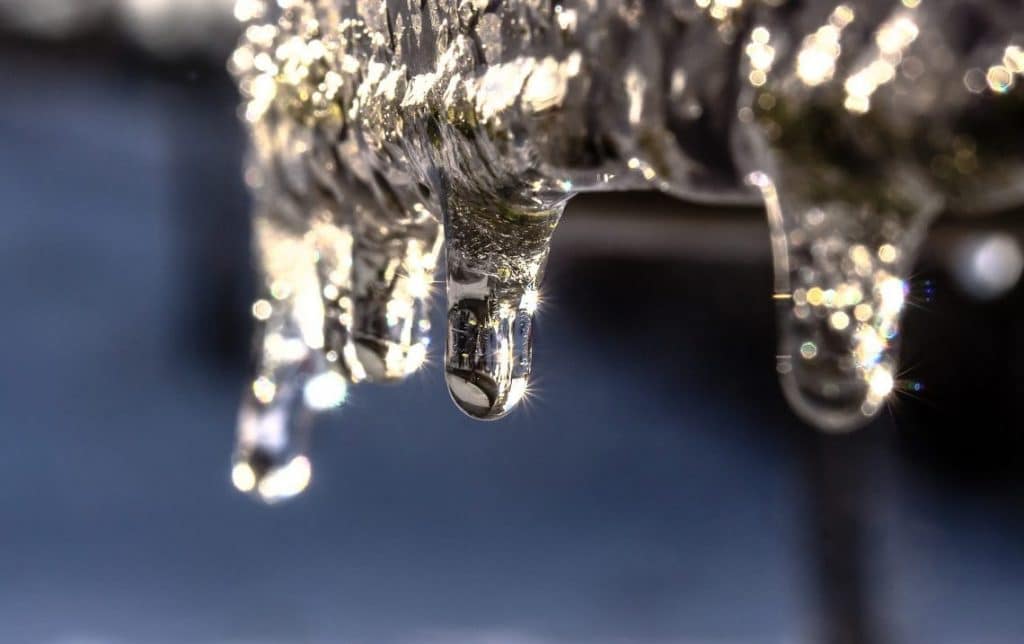Essential Advice to Protect Against Frozen Pipes in Cold Weather
Essential Advice to Protect Against Frozen Pipes in Cold Weather
Blog Article
This article following next about How to Prevent Your Pipes From Freezing is totally entertaining. Check it out for your own benefit and see what you think about it.

Cold weather can damage your plumbing, particularly by freezing pipes. Here's how to stop it from taking place and what to do if it does.
Intro
As temperatures drop, the risk of icy pipelines increases, potentially bring about pricey repair services and water damage. Recognizing exactly how to prevent frozen pipelines is vital for homeowners in cold climates.
Recognizing Frozen Pipelines
What triggers pipelines to freeze?
Pipelines ice up when subjected to temperature levels below 32 ° F (0 ° C) for prolonged periods. As water inside the pipes ices up, it expands, putting pressure on the pipeline wall surfaces and potentially triggering them to break.
Risks and damages
Icy pipelines can lead to supply of water disturbances, residential or commercial property damages, and expensive fixings. Burst pipelines can flooding homes and create considerable structural damage.
Signs of Frozen Water Lines
Identifying frozen pipelines early can prevent them from rupturing.
Exactly how to recognize icy pipelines
Search for reduced water circulation from faucets, unusual smells or sounds from pipelines, and noticeable frost on revealed pipelines.
Avoidance Tips
Shielding prone pipes
Cover pipelines in insulation sleeves or use warmth tape to safeguard them from freezing temperatures. Concentrate on pipes in unheated or outside areas of the home.
Home heating techniques
Maintain indoor areas sufficiently warmed, particularly locations with plumbing. Open closet doors to allow warm air to flow around pipelines under sinks.
Safeguarding Exterior Pipes
Garden hose pipes and outside taps
Disconnect and drain garden pipes prior to winter months. Install frost-proof spigots or cover outdoor faucets with protected caps.
What to Do If Your Pipes Freeze
Immediate actions to take
If you presume icy pipelines, keep faucets available to relieve stress as the ice thaws. Make use of a hairdryer or towels taken in hot water to thaw pipes slowly.
Long-Term Solutions
Structural changes
Take into consideration rerouting pipes far from exterior walls or unheated locations. Add added insulation to attic rooms, cellars, and crawl spaces.
Updating insulation
Invest in premium insulation for pipelines, attic rooms, and wall surfaces. Appropriate insulation assists preserve consistent temperature levels and minimizes the danger of frozen pipelines.
Conclusion
Protecting against frozen pipelines requires positive measures and quick feedbacks. By comprehending the reasons, signs, and safety nets, homeowners can safeguard their pipes throughout cold weather.
5 Ways to Prevent Frozen Pipes
Drain Outdoor Faucets and Disconnect Hoses
First, close the shut-off valve that controls the flow of water in the pipe to your outdoor faucet. Then, head outside to disconnect and drain your hose and open the outdoor faucet to allow the water to completely drain out of the line. Turn off the faucet when done. Finally, head back to the shut-off valve and drain the remaining water inside the pipe into a bucket or container. Additionally, if you have a home irrigation system, you should consider hiring an expert to clear the system of water each year.
Insulate Pipes
One of the best and most cost-effective methods for preventing frozen water pipes is to wrap your pipes with insulation. This is especially important for areas in your home that aren’t exposed to heat, such as an attic. We suggest using foam sleeves, which can typically be found at your local hardware store.
Keep Heat Running at 65
Your pipes are located inside your walls, and the temperature there is much colder than the rest of the house. To prevent your pipes from freezing, The Insurance Information Institute suggests that you keep your home heated to at least 65 degrees, even when traveling. You may want to invest in smart devices that can keep an eye on the temperature in your home while you’re away.
Leave Water Dripping
Moving water — even a small trickle — can prevent ice from forming inside your pipes. When freezing temps are imminent, start a drip of water from all faucets that serve exposed pipes. Leaving a few faucets running will also help relieve pressure inside the pipes and help prevent a rupture if the water inside freezes.
Open Cupboard Doors
Warm your kitchen and bathroom pipes by opening cupboards and vanities. You should also leave your interior doors ajar to help warm air circulate evenly throughout your home.

Do you enjoy more info about How To Avoid Freezing Pipes? Leave a review further down. We will be pleased to see your opinion about this write-up. We hope that you come back again soon. For those who appreciated our blog entry plz consider to pass it around. Thank you so much for taking the time to read it.
Click Here Report this page